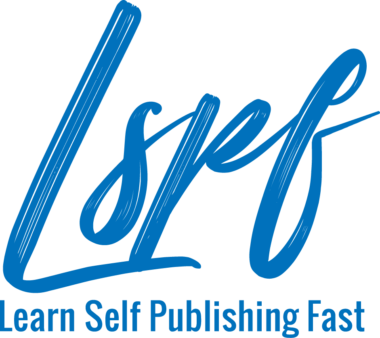How do eat an elephant? One bite at time. How do you write a novel? One scene at a time.

You could actually break that down further and say one sentence at a time, but I like to think in scenes when I sit down for a chunk of time to write. It feels less overwhelming for me to construct a scene in a sitting and I get a joyful sense of accomplishment when I know I’ve written through the natural arc of scene.
So what should a scene include?
- Set the scene. Ground the reader in a few things right off the bat…I’m talking about the first couple sentences. They need to know right away who the POV character is, where the scene is happening, and when the scene is happening in the context of the rest of the story. Is this scene happening chronologically immediately after the previous scene or has a couple of hours passed? Maybe a couple of days? Maybe you’ve gone back in time in some fun narrative trickery. You don’t want to get to tricky…so tricky that the reader is left scratching their head wondering if they somehow missed a chapter of a book.
- Conflict. What is the point of this scene? Why should the reader turn the page? There must be some tension that leaves your reader feeling compelled to keep going and also some reason for the scene to exist in your book. Does this scene show insight into your character’s mind or heart or does this scene push the plot forward? If the sole purpose of a scene is to describe the aesthetics of a village and literally nothing else happens except the grass growing..you might want to rethink your scene. Consider inserting that description into a scene that already has good conflict or removing the description all together, depending on the type of book that you are writing.
- Resolution. Does the conflict that your character is experiencing resolve in this scene? Do they make a decision about what to do next? Think of each scene as a way of asking and answering a question for your character. Sometimes the answer is a “keep looking” sort of answer and other times they discover what they are looking for and it only creates another question. Your scene can end tied in a neat little bow or it can end in a cliffhanger (my personal favorite!) leaving your reader on the edge of their seat wondering what will happen to them and forcing them to turn the page to the next chapter.
You may have noticed that a scene has a similar arc to that of your entire book. The setup, the rising action, and then the resolution. Isn’t that interesting? You have a bunch of mini-stories tied together to create a larger story. I like to think of it like each day of our life is compiled to form the story of our week, our month, our year. Some of our days are action packed and some days are about recovering from those crazy days.
Scene construction can be fairly intuitive. Here’s a bonus tip. Go watch one of your favorite movies. Get your notepad and pen out and take notes as you watch. Watch the way they do individual scenes and then they way they string them together. Be prepared to pause and take detailed notes. You’ll notice that some scenes are slow and languid, informative and feel like set-up while other scenes are fuller, more active, more meaningful. But all the scenes serve a purpose. (At least all the good ones do!)
I’ve learned a lot of what I know about scenes from my own personal reading and (gasp!) watching television and movies, but also from reading other experts. Randy Ingermanson, developer of the super-awesome Snowflake method and author of Writing Fiction for Dummies, has some fantastic articles about scene construction. For more in depth instruction and some great examples, you should definitely check out his site.
For your published writers in the room, we’ve got a great resource for you to get more reviews.
Our email course, “How to Get Tons of People to Review Your Book” {with free printable templates} is available now. The number of reviews you have can make a big difference in your sales so don’t miss this opportunity to learn how to get more!


Comments